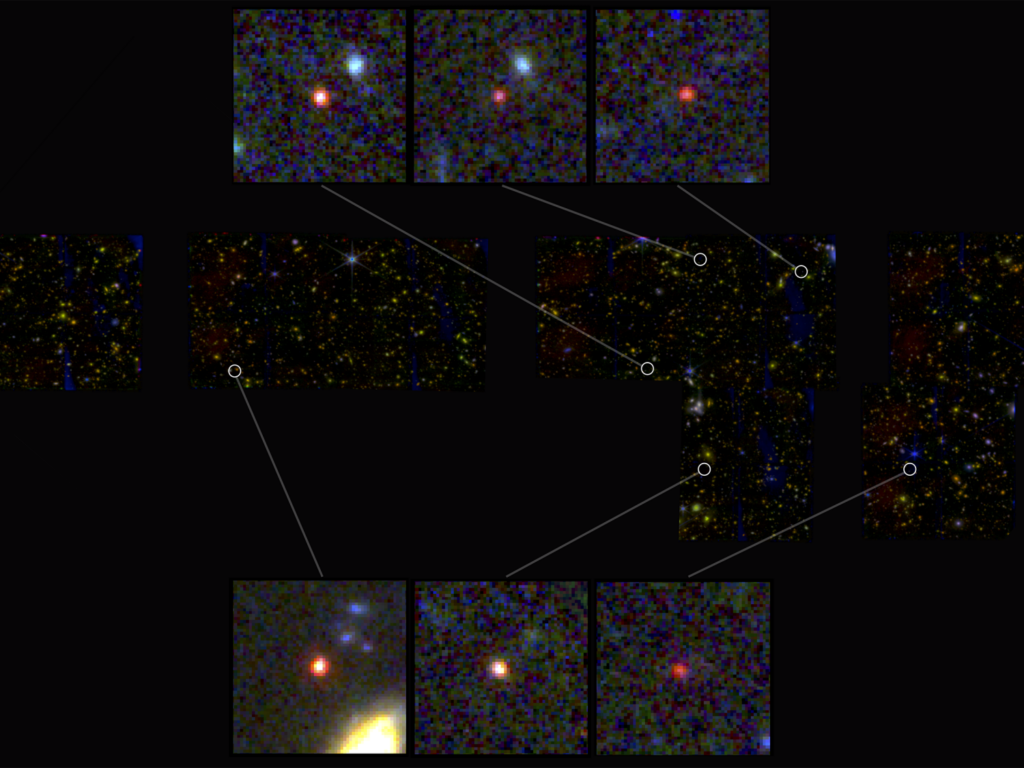The largest optical telescope in space has spotted six unexpected, candidate galaxies that could create problems for science as it may call into question the understanding of early galaxy formation.
The James Webb Space Telescope made an unexpected and, what scientists have deemed a "super exciting" find, namely the discovery of six possible galaxies that are too large for the early universe, which could mean that massive galaxy formation started extremely early.
“It was a real shocker to us, when we saw the data,” said Yale astronomer Pieter van Dokkum, co-author of the study describing the findings, published in Nature. "Excitingly, the early universe, which JWST unlocked, appears to be teeming with bright galaxies.”
Scientists expected to find young, "baby" galaxies, but instead discovered galaxies "as mature as our own in what was previously understood to be the dawn of the universe.”
Scientists are still careful to say that the galaxies are candidates. If they are confirmed as real, and therefore much older siblings of the Milky Way, it could force scientists to re-examine their models explaining how the universe has evolved.
The objects have informally been named "universe breakers," and for good reason: The galaxies the team discovered are so massive that they are in tension with 99% of models for cosmology.
“The revelation that massive galaxy formation began extremely early in the history of the universe upends what many of us had thought was settled science,” said Joel Leja, assistant professor of astronomy and astrophysics at Penn State, who modelled light from these galaxies.
Becoming biggest galaxies
Considering their age — the six newly identified galaxies would have existed 500 to 700 million years after the Big Bang — they will likely evolve into the biggest galaxies in the universe, the researchers added.
The researchers’ next step will be to verify the findings via spectroscopy, which measures the spectrum of electromagnetic radiation, such as X-rays, radio waves, and visible light.
Related News
- Belgian scientists contribute to 'game-changing' discovery in search for alien life
- 'A bear on Mars?' NASA releases intriguing photo of the red planet
"Regardless of whether they turn out to be galaxies, the amount of mass we discovered means that the known mass in stars at this period of our universe is up to 100 times greater than we had previously thought. Even if we cut the sample in half, this is still an astounding change," Leja said.
"What’s funny is we have all these things we hope to learn from James Webb and this was nowhere near the top of the list. We’ve found something we never thought to ask the universe — and it happened way faster than I thought."

